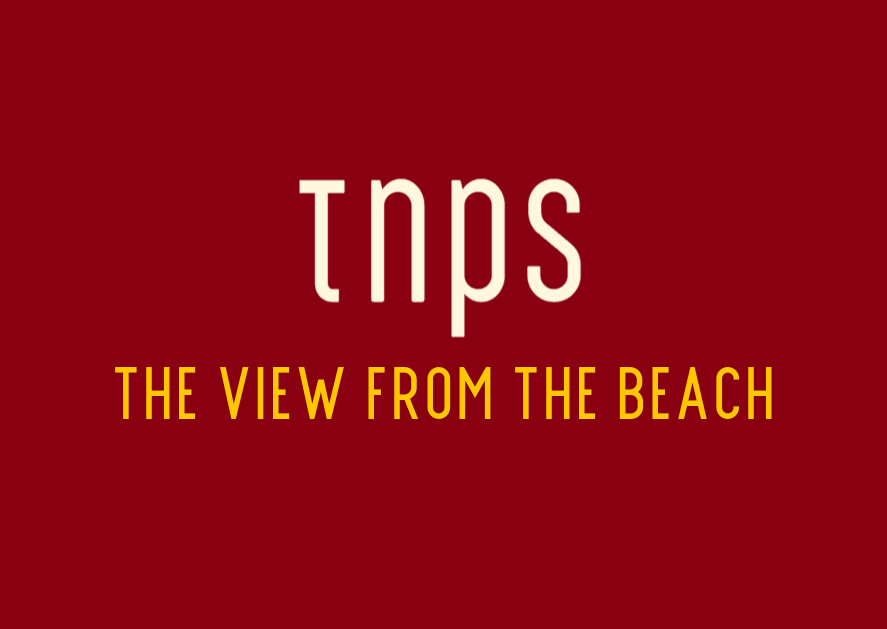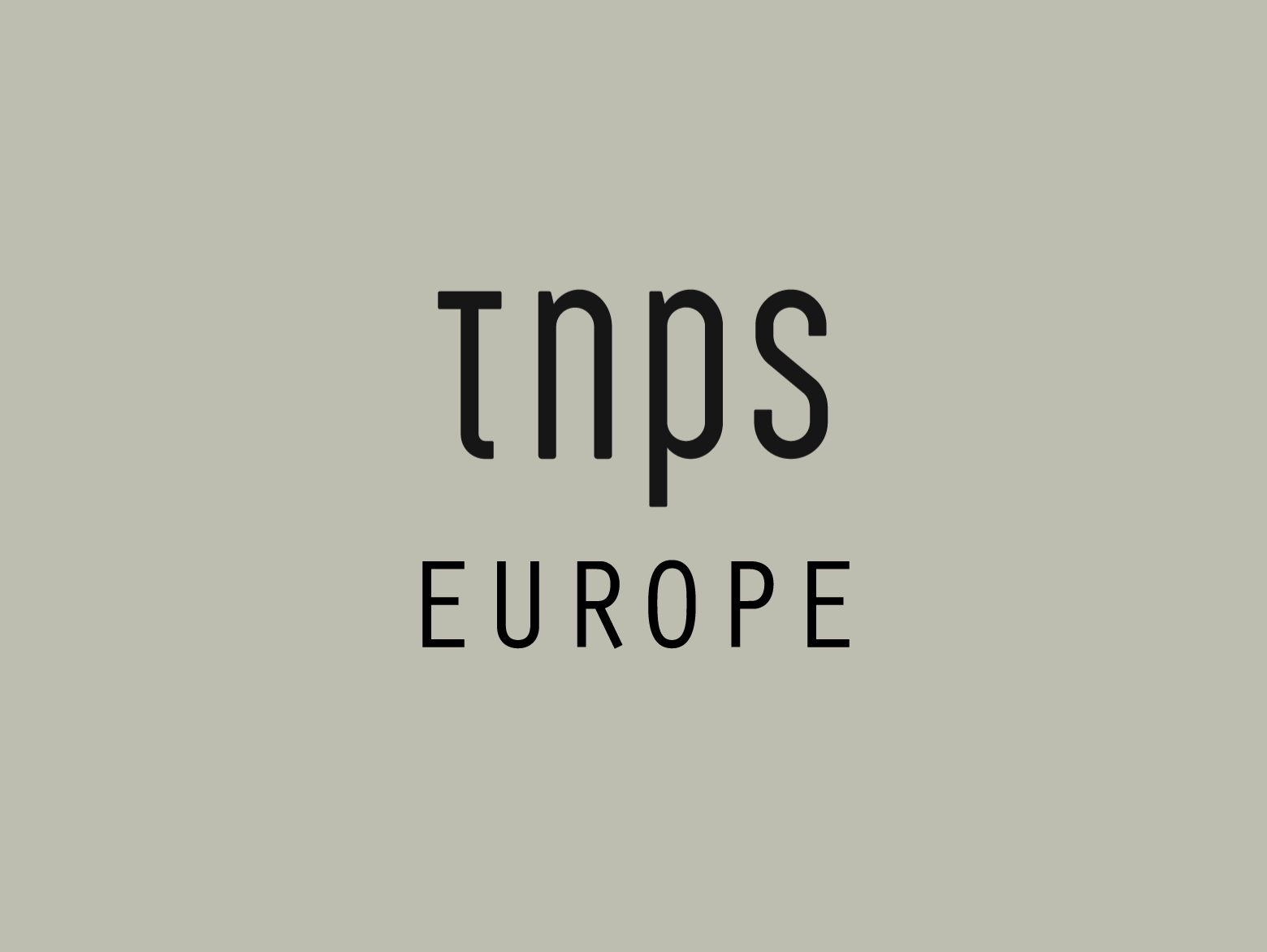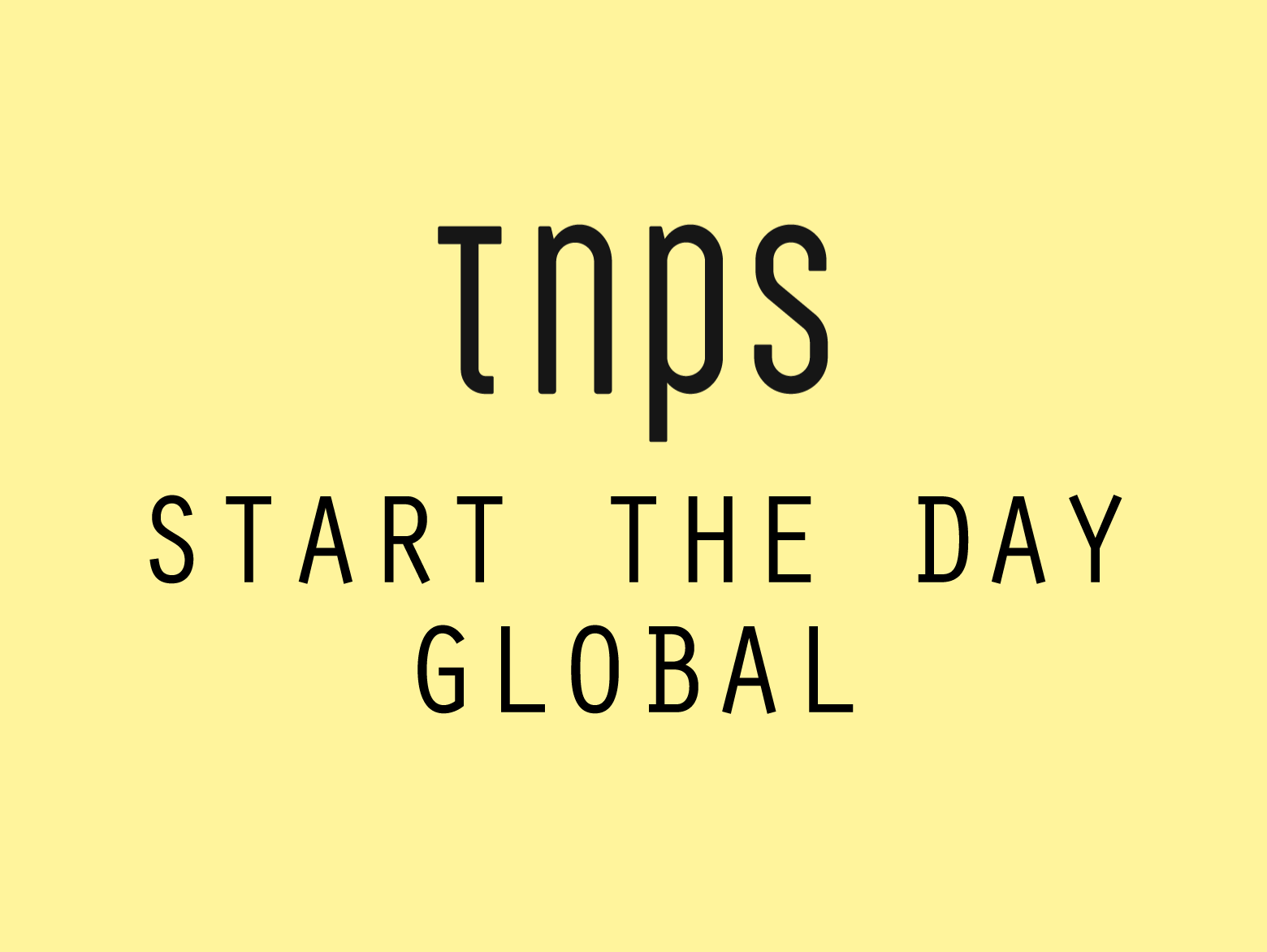Amid the current concerns over AI-assisted translations its easy to forget that there is more to translation than simply the words and the nuances.
Banu Mushtaq’s International Booker Prize win with “Heart Lamp” has, unsurprisingly, reignited interest in India’s Kannada literature, particularly its English translations. Yet, despite this spotlight, Kannada works remain underrepresented compared to other Indian languages.
Amid the current concerns over AI-assisted translations its easy to forget that there is more to translation than simply the words and the nuances.
While linguistic translation is essential, a deeper issue persists: the challenge of cultural translation – that is to say, conveying context, customs, and lived experiences in ways that resonate across borders.
The Gap in Kannada Translations
According to Ashoka University’s ‘Bhashavaad’ database, only 516 Kannada titles have been translated into English, far fewer than Bengali (3,298), Hindi (1,801), or Tamil (630).
Per the Deccan Herald publishers like Westland Books acknowledge progress – with works by Vivek Shanbhag, Jayant Kaikini, and Vasudhendra gaining traction – but stress that more must be done.
Bookstores such as Blossom Bookhouse and Atta Galatta report growing demand, yet the market remains niche.
Cultural Nuances Lost in Translation
The crux of the issue lies beyond language. As translator Srinath Perur notes, even simple scenes can confuse foreign editors. In Ghachar Ghochar, a family eating on the floor – a familiar image in India – baffled a US editor who imagined a table. Such disconnects highlight the limitations of translators who lack cultural immersion.
Cultural Fluency
Linguistic skill alone cannot solve the translation gap. Publishers and translators must prioritise cultural fluency – whether in depicting domestic rituals or regional philosophies. As Kannada literature gains global attention, the industry must invest in professionals who understand not just the words, but the worlds they originate from. Without this, even the most eloquent translations risk leaving readers lost in translation.
Lost in Education as Well as Translation
My school here in The Gambia is unique in that we have six desks per 150 children. Teachers and parents are initially confused. The education model here is straight out of 1950s Britain.
Schools here have books, no equipment and no resources, but what they do have are obscenely uncomfortable desks with fixed-plank bench seats that children are expected to sit at for hours on end rote-memorising antiquated knowledge that mostly they’ll never use.
The idea that learning should be fun and classrooms comfortable (I call them studios to make that point) is as alien to people here as the idea of an India family dining on the floor was to the American editor.
Translation is about much more than converting words from one language to another.
This post first appeared in the TNPS LinkedIn newsfeed.





